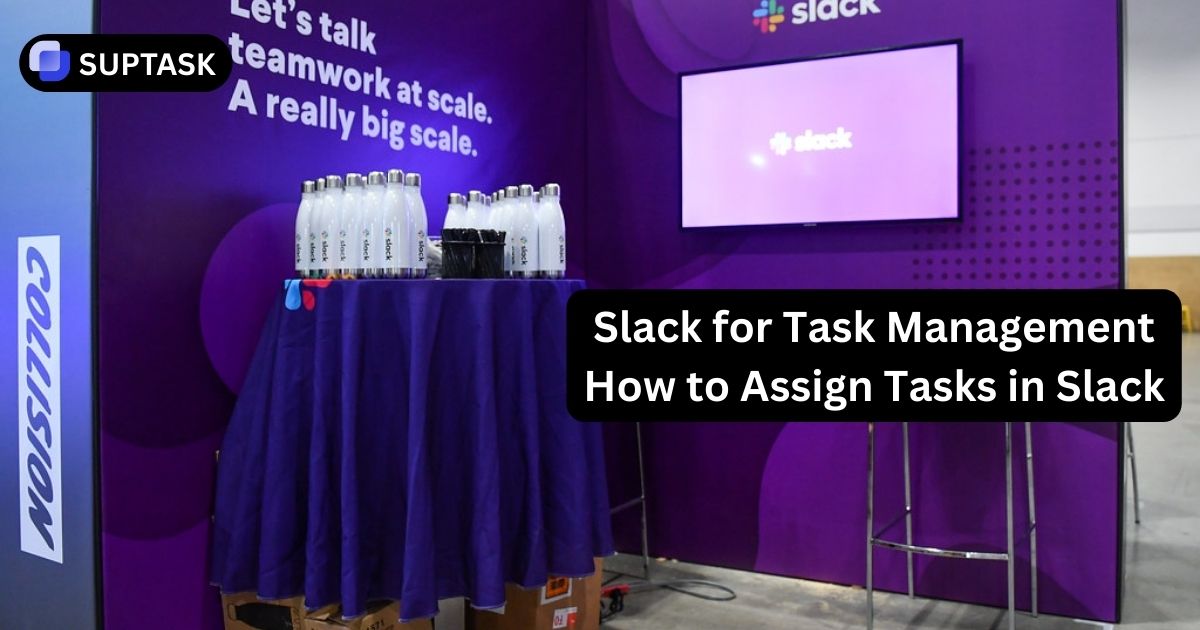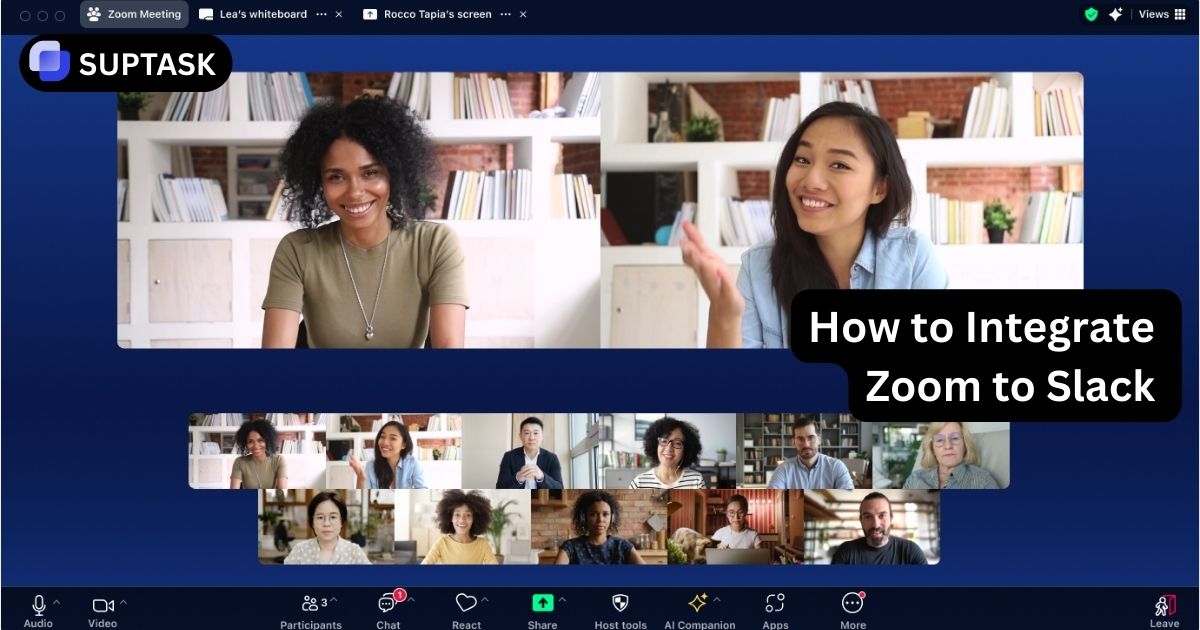Agile environments streamline project execution and elevate team performance by prioritizing rapid response, collaboration, and customer satisfaction.
Adopting an agile mindset accelerates development and transforms flexibility and client feedback into strategic assets.
Key Takeaways
- An agile environment prioritizes continuous improvement, adaptability, customer satisfaction, collaboration, and iterative progress.
- In agile workplaces, open spaces enable idea sharing and adaptability, while feedback and customer focus guide product evolution.
- Agile practices enhance product quality, reduce financial risks, and boost productivity and team expertise through continuous learning and collaboration.
Agile Environment Definition
.webp)
An ‘agile environment’ denotes a workspace characterized by its ability to adapt quickly and maintain high standards, a trait widespread in software development.
Within this context, agile project management is pivotal. It guides teams through processes designed to swiftly and efficiently deliver top-tier products.
This adaptive style distinctly differs from more conventional office environments where changes are greeted with reluctance and activities advance slowly.
The foundation of such an environment lies in adopting an agile mindset – embracing teamwork and striving towards superior quality as primary drivers that thrust an organization’s competitive advantage forward.
Characteristics of an Agile environment

Diving deeper, an agile environment is characterized by distinct attributes that collectively ensure its success. These traits include:
- Fostering a culture of continuous improvement
- Upholding a laser focus on customer satisfaction
- Embracing collaboration and cross-functional teams
- Encouraging open and transparent communication
- Emphasizing flexibility and adaptability
- Promoting iterative and incremental development
- Valuing individuals and interactions over processes and tools
These characteristics support an agile approach and reinforce the essential agile practices that drive an organization forward.
As we unfold the layers of an agile environment, we’ll explore each characteristic of the Agile Approach to Project Management in detail to understand how they contribute to creating a workplace that is resilient, responsive, and relentlessly focused on delivering value.
1. Flexibility
In the constantly changing terrain of project requirements and evolving market conditions, agile teams possess a vital capability: flexibility.
This quality is key within an agile work environment, equipping it with the resilience to adapt rather than fracture in response to shifting demands, thus maintaining the project’s significance and worth.
Understanding what is an agile framework is essential to grasp how these environments achieve such adaptability.
Such agility is founded on swift and seamless shifts as new information surfaces or situations change while still safeguarding the central aims of the initiative.
Agile team performance is Augmented by fluid spaces complemented by cutting-edge technology, enabling teams to assume different working arrangements that align optimally with their daily needs.
Hence, workplace agility encompasses cognitive skill and spatial dynamics, and practices like hot desking are integral to enhancing this physical pliability.
2. Collaboration
Agile teams thrive on collaboration, where every member’s contribution is crucial. To manage the flow of communication and ensure all tasks are tracked efficiently, teams often integrate an internal ticketing system. This tool helps assign responsibilities, prioritize tasks, and streamline the resolution process, ensuring no task is overlooked.
Such a cooperative ethos is immortalized in the Agile Manifesto, which prioritizes customer collaboration over contract negotiation and highlights the need for continuous engagement with clients and stakeholders throughout a project’s duration.
The dynamic nature of agile collaboration changes across team development stages, demanding varying leadership approaches and communicative abilities to manage intricate interpersonal interactions effectively.
Every member contributes significantly to this participatory ballet from initial turbulence to achieving peak performance as a unit, harmonizing their efforts toward shared objectives.
3. Iterative progress
In software development, agile teams employ an approach that mirrors a sculptor’s careful crafting, honing their product with each meticulous strike.
By breaking down the work into smaller segments, known as sprints, these teams aim to sustainably produce tangible increments of value.
This enables them to implement changes and improvements consistently based on ongoing feedback.
The repeated cycle involving planning, creating, verifying, and assessing fosters an environment where continuous adaptation is possible and encouraged—promising delivery that surpasses initial expectations.
Agile frameworks within agile software development pride themselves on delivering functional outputs promptly through iterative progression.
This capability positions such methods advantageously for releasing early versions that can be incrementally polished over time—an embodiment of the guiding principle urging frequent releases of working software.
4. Continuous feedback
The lifeblood of a vibrant, agile team is the constant stream of feedback that sustains its dynamism.
Through regular interaction with stakeholders, this continuous dialogue ensures that the work of the agile team stays in sync with strategic goals and shifts in market conditions.
Integral to the fabric of agility, this iterative process allows teams to adapt their outputs on the fly, thus continuously improving performance.
This persistent exchange does more than enable incremental advancements. It cultivates an open environment, elevating satisfaction levels among staff and clients.
By involving all parties closely throughout development, everyone becomes a valued contributor to progress.
5. Customer focus
Agile teams prioritize customer satisfaction, engaging clients throughout the development process. An email ticketing system can enhance this by streamlining customer communication and ensuring that all inquiries are addressed promptly, further fostering customer loyalty and project success. This focus on the customer in an agile setting includes:
- Engaging customers throughout the development process
- Adapting to their feedback to guide the course of the project
- Integrating collaboration with customers into each phase of development
- Quickly assimilating insights from clients
- Crafting a product that aligns closely with what users expect
With a strong emphasis on fulfilling client expectations, agile teams prioritize delivering value beyond simply following contractual terms rigidly, utilizing a trouble ticket system for efficient issue resolution.
They are dedicated to producing outputs that fulfill and anticipate clients' needs by weaving comprehensive documentation and active customer collaboration throughout their processes.
6. Open workspaces
An agile work environment is typically characterized by its open-plan design, fostering a climate where idea-sharing and collaborative efforts are highly encouraged.
This layout transcends the mere absence of physical partitions to promote an organizational culture emphasizing fluid communication and transparency.
Agile workplaces, supported by an incident management system, are tailored to diverse working preferences with versatile setups like hot-desking and specific zones for concentrated tasks.
They provide soundproof pods and reconfigurable office components, allowing space flexibility and a blend of communal engagement and personal seclusion on demand.
7. Emphasis on value delivery
Agile methodology is unyielding in its quest to provide value, focusing on the features and tasks that confer the most significant advantage to the customer.
In agile environments, this dedication ensures compliance with and adaptability to customer needs, heightening satisfaction.
Using visual management tools alongside regular feedback loops is vital for maintaining this concentration, facilitating swift team adjustments, and curtailing excessive work redoing.
At its core, delivering value within an agile framework revolves around persistent learning and enhancement, guaranteeing that every cycle moves the project closer to pinnacle achievement.
8. Change
Embracing change is a hallmark of agile environments, where change is not feared but welcomed as an opportunity to refine and enhance the final product.
Agile teams are built with the capacity to adapt, ensuring they can navigate uncertain waters with agility and precision. However, change can also bring resistance, manifesting as:
- Reluctance or opposition to new methods or processes
- Fear of the unknown
- Skepticism about the benefits of change
- Concerns about increased workload or complexity
Agile leaders must effectively address and manage this resistance, fostering a culture of openness and collaboration to facilitate successful change implementation.
Combatting resistance to change requires a strategy that includes the following:
- Clear communication
- Gradual implementation
- Involvement of the team in decision-making
- Fostering an atmosphere where change is seen as a positive force for growth
Celebrating successes and measuring progress are additional tools that help agile teams embrace change and maintain momentum.
9. Detailed project management
Project management within the agile framework balances well-defined processes and the flexibility to adjust.
When an agile project is set up, its lifecycle is segmented into five distinct phases—envisioning, speculative planning, exploration, adaptation, and closing—with each stage dedicated to specific targets and outcomes.
The quintet of stages in an agile project consists of:
- Envisioning: Pinpointing what customers need while establishing objectives.
- Speculative Planning: Drafting a preliminary plan paired with resource approximation.
- Exploration: Crafting and evaluating possible solutions.
- Adaptation: Integrating feedback for requisite modifications.
- Closing: Concluding the initiative and assessing its achievements.
Agile project management requires effective tools to support various phases, from planning to closing. A free ticketing system like Suptask can be integrated into the agile framework to monitor progress and manage feedback during the exploration and adaptation phases, all while maintaining the flexibility agile teams need
In this model’s cycle, despite being commonly underestimated in other methodologies, the final phase—the closing—is pivotal because it grants time to introspectively assess past actions that lay the groundwork for enhancing future endeavors’ success rates even further.
Benefits of Agile Practices

Embracing agile methodologies infuses organizations with advantages that invigorate and sustain them.
The continual evolution and progressive enhancement found in agile approaches lead to superior product quality, a departure from the traditional single-pass development cycle.
Agile teams benefit from an inherent ability to swiftly adjust directions, significantly reducing financial risks by preventing adherence to outdated plans borne out of extensive preliminary strategizing.
Adopting agile practices influences more than mere output. It cultivates an ethos centered on perpetual advancement and tight-knit teamwork, critical drivers in amplifying productivity and raising the collective proficiency level within teams.
Integrating effective technologies like Suptask can be revolutionary in enhancing the advantages of agile approaches even further.
Suptask is a ticketing system that works directly with Slack, making issue management easier and promoting smooth communication in agile teams.
Suptask integrates ticketing into your current workflows to ensure tasks are monitored, prioritized, and resolved effectively. This fosters a more responsive and unified work environment.
FAQ
What is the primary goal of an agile environment?
To boost productivity and enable faster production of high-quality products, enhancing competitiveness.
How does flexibility contribute to an agile work environment?
Flexibility allows teams to adjust to changes quickly, maintaining project significance and value.
Why is collaboration essential in an agile environment?
Collaboration fosters unity, collective accountability, and efficient dialogue, ensuring the team meets all requirements.
What is the role of continuous feedback in agile methodologies?
Continuous feedback helps teams tailor efforts to achieve project goals and meet customer needs.
How do agile practices benefit an organization beyond software development?
Agile practices enhance teamwork, communication, and product quality, increasing customer satisfaction.













